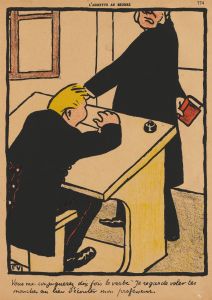
Drei Affen
A hand-painted replica of Gabriel von Max’s masterpiece Drei Affen, meticulously crafted by professional artists to capture the true essence of the original. Each piece is created with museum-quality canvas and rare mineral pigments, carefully painted by experienced artists with delicate brushstrokes and rich, layered colors to perfectly recreate the texture of the original artwork. Unlike machine-printed reproductions, this hand-painted version brings the painting to life, infused with the artist’s emotions and skill in every stroke. Whether for personal collection or home decoration, it instantly elevates the artistic atmosphere of any space.
Gabriel von Max (1840-1915) was a Czech-Austrian painter known for his works that often combined elements of mysticism, anthropology, and natural history. One of his notable works is "Drei Affen" (Three Monkeys), which exemplifies his interest in both the natural world and human psychology.
"Drei Affen" was painted in 1884 and is a significant example of von Max's fascination with primates, which he frequently used as subjects in his art. The painting depicts three monkeys, each covering a different part of their face: one covers its eyes, another its ears, and the third its mouth. This arrangement is a visual representation of the proverbial principle "see no evil, hear no evil, speak no evil." The phrase and its associated gestures are often used to describe those who deal with impropriety by turning a blind eye, deaf ear, or silent tongue.
Von Max's interest in monkeys was not merely artistic; he was also deeply engaged in the scientific study of these animals. He kept a collection of primates in his home, which he studied and sketched extensively. This close observation allowed him to capture the nuanced expressions and behaviors of his subjects with great accuracy, lending a sense of realism and empathy to his work.
The painting "Drei Affen" is executed in oil on canvas, a medium that von Max frequently employed. The composition is relatively simple, focusing on the three monkeys against a plain background, which serves to highlight their expressive gestures. The use of light and shadow in the painting is subtle, enhancing the three-dimensionality of the figures and drawing attention to their faces and hands.
Gabriel von Max's work, including "Drei Affen," is often seen as a bridge between art and science. His detailed and empathetic portrayal of primates reflects the broader 19th-century interest in Darwinian theories of evolution and the study of human and animal behavior. Von Max's paintings invite viewers to consider the similarities between humans and other primates, challenging the boundaries between species and encouraging a sense of kinship with the natural world.
"Drei Affen" remains one of von Max's most recognized works and is often cited in discussions of his contributions to both art and science. The painting is held in high regard for its technical skill, emotional depth, and the way it encapsulates von Max's unique interdisciplinary approach. Today, it continues to be studied and appreciated for its artistic and historical significance.
In summary, "Drei Affen" by Gabriel von Max is a notable 1884 painting that reflects the artist's dual interests in art and natural science. Through its depiction of the "see no evil, hear no evil, speak no evil" motif, the work invites contemplation on human and animal behavior, making it a significant piece in von Max's oeuvre.





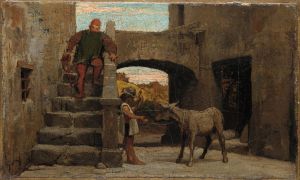
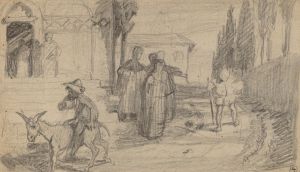
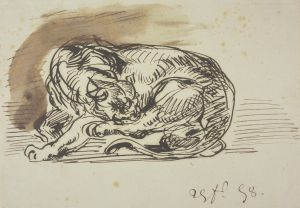
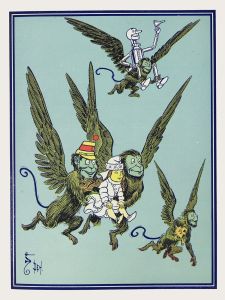
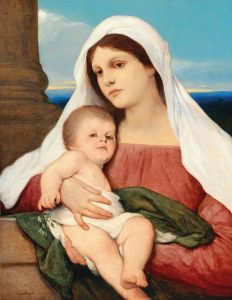
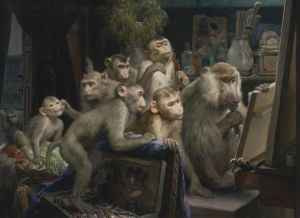
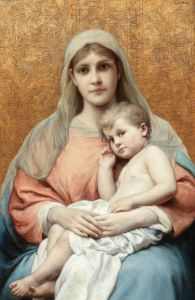
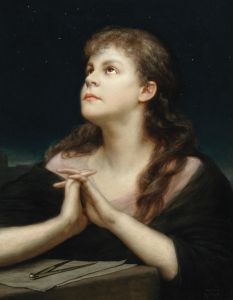
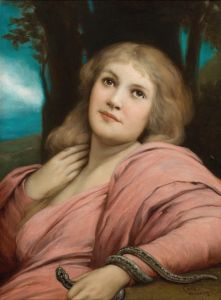
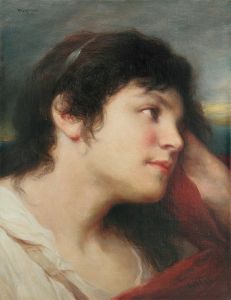
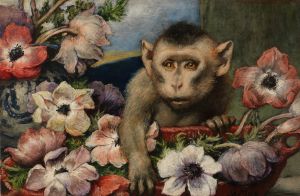
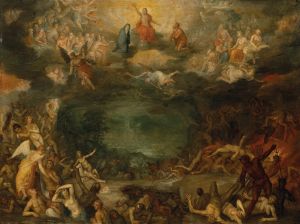
![He Who Does Not Like Thee Will Defame Thee in Jest [Loyalty]](/imgs/264614/s/francisco-de-goya-he-who-does-not-like-thee-will-defame-thee-in-jest-loyalty-4196b335.jpg)
